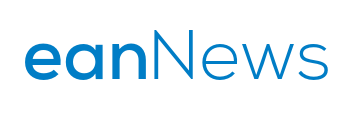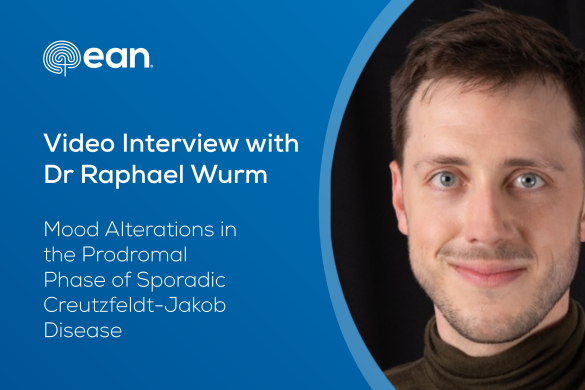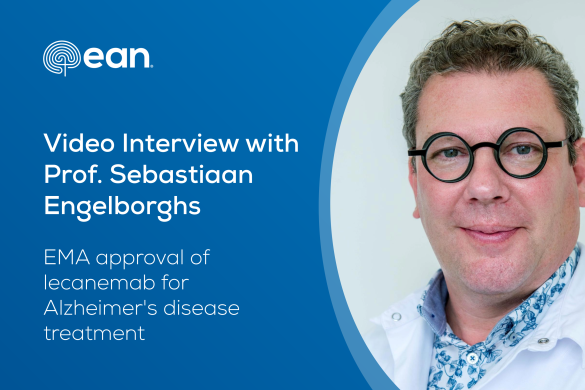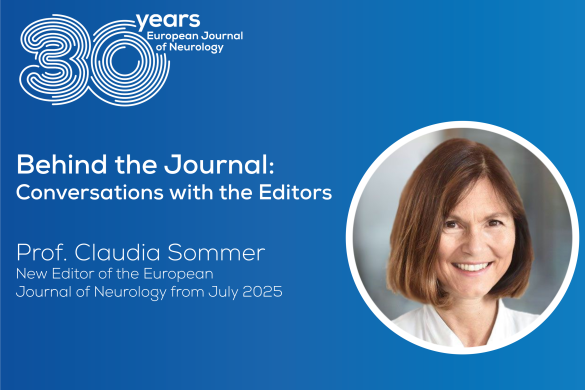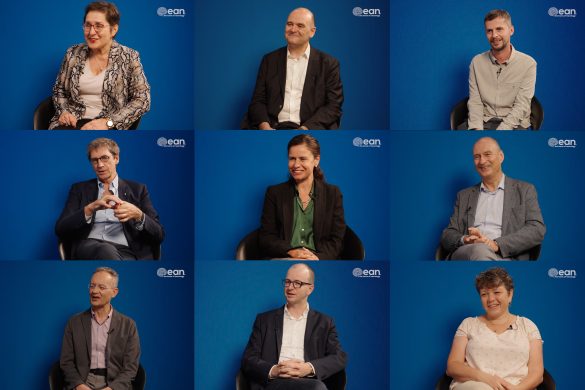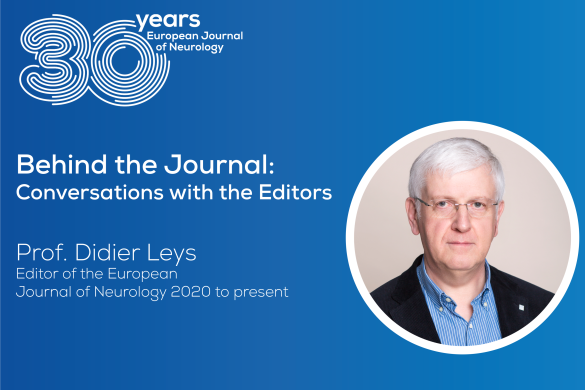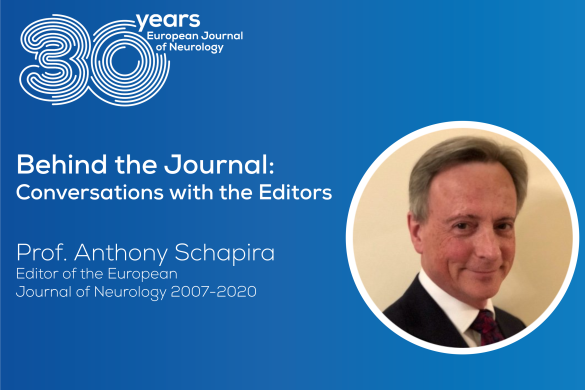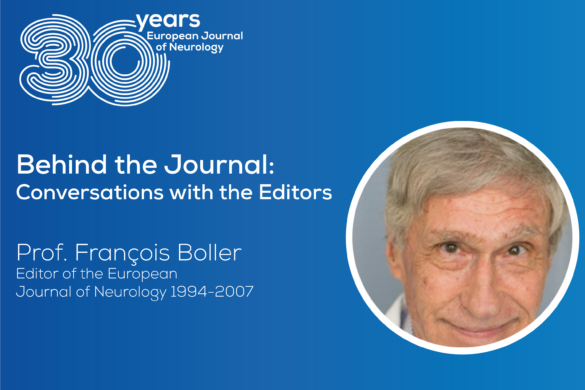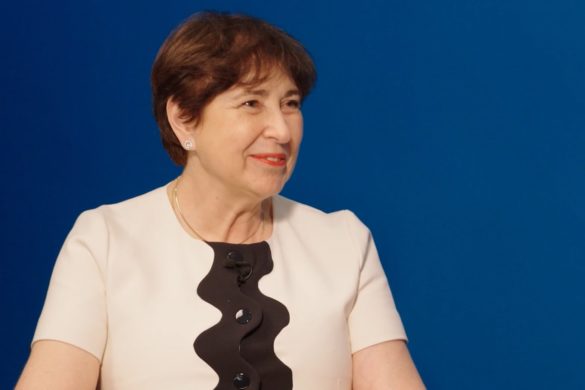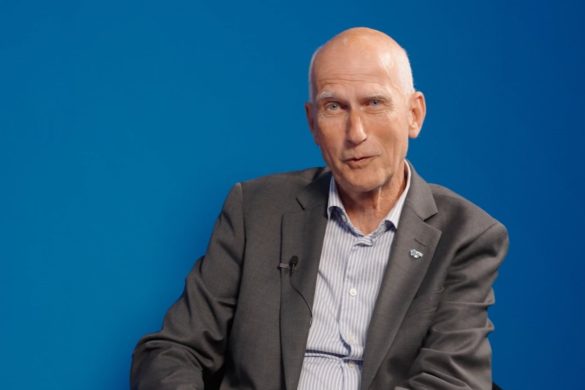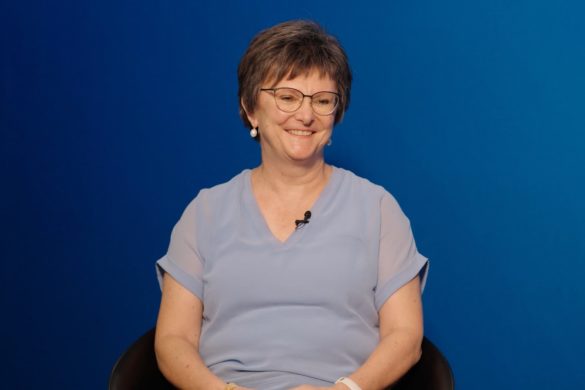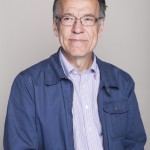 Mads Ravnborg is President of the Danish Neurological Society – hosting the 2nd Congress of the European Academy of Neurology in Copenhagen, Denmark. He is Co-chair of the EAN Programme Committee 2016.
Mads Ravnborg is President of the Danish Neurological Society – hosting the 2nd Congress of the European Academy of Neurology in Copenhagen, Denmark. He is Co-chair of the EAN Programme Committee 2016.
The interview was conducted by Philip Scheltens, who is also a member of the EAN Programme Committee.
Philip Scheltens (PS): As President of the Danish Neurological Society (DNS), can you give us a brief history of the society, its activities and plans for the future?
Mads Ravnborg (MR): The Neurological Society was founded in 1900 in Copenhagen, an event that heralded the formation of a neurologic specialty in Danish health care. In 1934 the name was changed to the Danish Neurological Society.
From the beginning the purpose of the society was exchange of clinical observations and experience accompanied by frequent social encounters. Over the recent decenniums educational and health political issues has become an increasingly important field of interest. In the recent years DNS has been advisor for the National Board of Health in a national reorganisation of clinical services, and DNS is responsible for the development and revision of the national programs for neurological education.
The main agenda of the present DNS-board include cooperation with the Danish Regional Councils for an equal access to neurological services all over the country, a strengthening of the recruitment of young doctors, improvement of the postgraduate education and implementation of a web based national neurological guideline that shall help rendering the same high quality of treatment all over the country.
PS: Why did your society apply for hosting the EAN Congress? What does hosting the EAN congress mean for neurology in Denmark? How will this benefit the society?
MR: Hosting an international meeting like EAN 2016 is a great opportunity to draw the attention of the public society, health care politicians as well as health care professionals to the needs of patients suffering from neurologic diseases and our determination on finding solutions to relieve the burden of disease. Next, it offers a splendid occasion for attracting young doctors to specialize in neurology. Finally, it leaves us the chance to contribute actively to the consolidation of the still young EAN. In a time where a political undertow tends to separate the European nations we have to muster all strength to reinforce international collaboration.
PS: Your special research interest lies in the field of MS. Can you briefly illustrate your latest research?
MR: In 2008 I became head of department of neurology in Odense University Hospital and management and leadership have taken most of my time. Consequently, my role in research has changed from active involvement to planning, recruitment and facilitation.
Nevertheless, research in MS is still my main interest especially the development of outcome measures for clinical research. When I started as a research fellow in 1989 we had only symptomatic treatments and steroids for relapses to offer our patients and it has been a great privilege to be involved directly in the enormous progress in controlling the disease activity starting with the advent of the interferon-beta treatment in the mid-nineties. Nowadays, we have more than 10 different drugs to suppress the acute inflammatory activity that characterizes the relapsing remitting phase (RRMS) of the disease, while we are still waiting for drugs that can suppress the relentless deterioration of the progressive phase of the disease. Most of the outcome measures that have successfully been used in the studies of RRMS, especially MRI and EDSS are less good in measuring progression. Even though development of new MRI sequences will surely improve we will still need better clinical outcomes that measure bodily function (impairment), activity, social participation and Quality of Life accurately and precisely. The higher you move in this hierarchy of dimensions the more meaningful are the measures, but alas, also increasingly flawed by interference from non-MS related problems and existential matters. Presently, this research area, which is by no means limited to MS, draws most of my attention.
PS: EAN is particularly interested in neurological care in Europe. Can you give an overview of neurological care in Denmark?
MR: The Danish health care system is free of charge for all Danish citizens (population about 5 mill.). All citizens have a general practitioner and may be referred to private practicing neurologists. However, the fourteen neurological departments of the public hospital system supply by far most of the neurological services. The public health care system is divided in 5 geographical regions each run by regional council.
In 2012 the Danish Board of Health implemented a redistribution of specialty functions in the hospital with the purpose of centralizing rare or complex treatments. The basic level accounts for around 80% of the patient contacts, the regional level about 15% and the highly specialized level 5%. Thus, the highly specialized functions are only implemented in 2 or 3 major hospitals.
Most of the Danish neurological departments suffer from a deficit of specialists. This has been exaggerated by an increasing demand on acute specialist 24/7 services, mainly thrombolysis and trombectomi, which has not been accompanied by a sufficient increase in education and recruitment to neurology. Even though the country is small, around 300 km in width and breadth, there is a marked skewness in the distribution of neurologist per inhabitant, being nearly the double in the Copenhagen area than in the provinces. This is a major obstacle for an equal supply of neurological services in all regions.
The postgraduate education leading to a specialty in neurology takes a minimum of 6 years and comprises one year of basic clinical education, mainly medicin and surgery, one year of neurology internship, and a 4-year appointment that includes 2 years on a basic neurology department, one year on a highly specialized department, 6 months clinical neurophysiology, 3 months neurosurgery and 3 months psychiatry. After this you may be appointed junior consultant, a job with little administrative responsibility, from which you may advance to a position as senior consultant.
The general working conditions in Danish hospitals are good. Working hours are generally 8-16 and as a consultant you have 6 weeks of vacation and 2 weeks for educative purposes. This should make recruitment of foreign specialists easy, but the need of good communicative skills in Danish makes a job swab to the Danish health system less straightforward.
PS: Thank you for your time!
